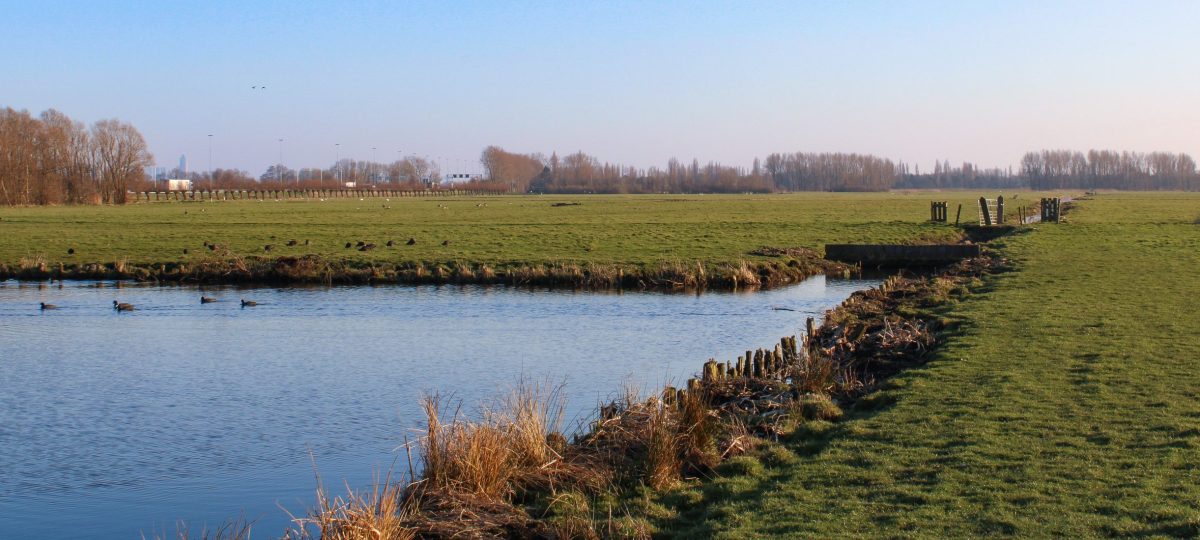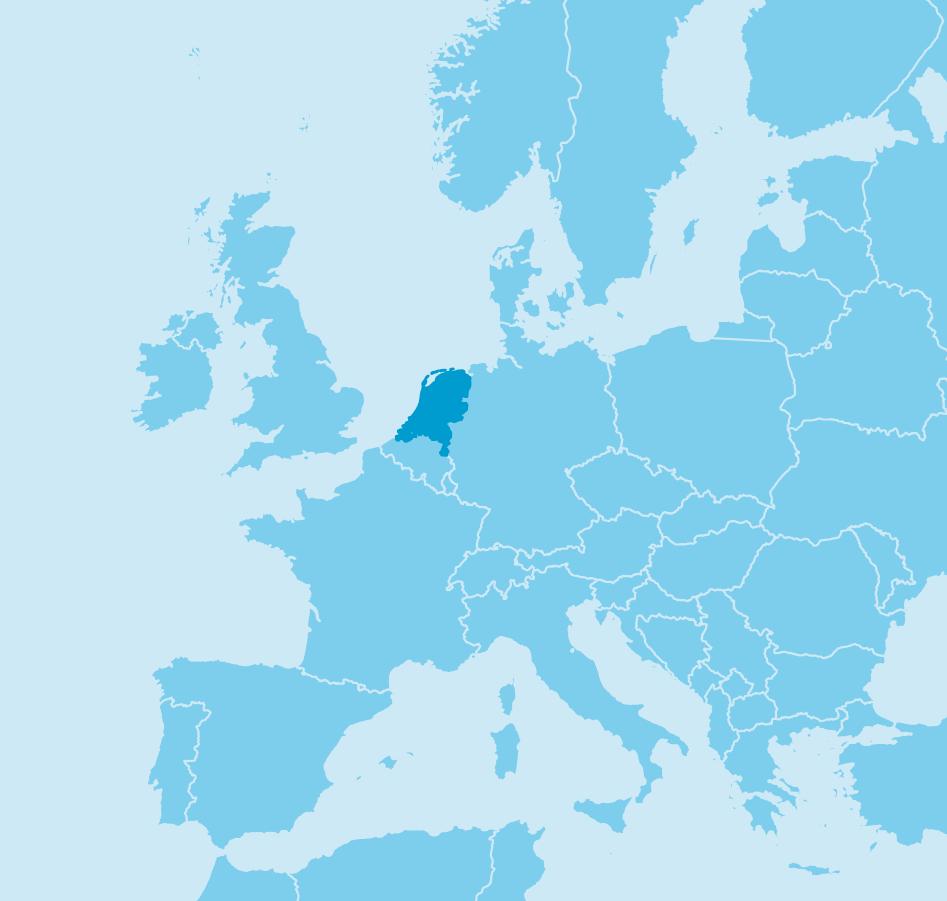Headerphoto: Polder landscape in the Netherlands © Sterre Hoogendoorn
For a long time, nature policy in the Netherlands has mainly focused on the protection, establishment and management of nature areas. On the one hand through Natura 2000 and on the other through the Nationaal Natuurnetwerk Nederland. Due to fragmentation, eutrophication and desiccation of surrounding areas, it is difficult to maintain the quality of nature in these areas. Outside these nature areas, the quality of the landscape has continued to deteriorate.
The focus on protecting and restoring the rare species in nature areas is insufficient to ensure a good quality of nature in the Netherlands. Both for our nature areas and for the quality of the living environment, we need to reverse this negative spiral of nature degradation throughout the Netherlands. From this reasoning, the concept of Basic Quality of Nature (BKN) has been developed (Kwak et al. 2018, Biesmeijer et al. 2021), which is committed to improving conditions for general species. Without general species, nature quality is insufficient and there is nature poverty.
What is Basic Quality of Nature?
Basic Quality of Nature (BKN) is the set of conditions (abiotics, landscaping and management) that general species need to remain or become common. Without these conditions, common species will decline. Basic Quality of Nature focuses in particular on rural and urban areas, where nature is not the primary function. If the quality of the living environment is in place in these areas, all nature will benefit. Basic Quality of Nature thus complements existing policy goals for nature, such as the EU Birds and Habitats Directives, which focus on endangered species and rare habitats. Each landscape type requires its own approach. The Knowledge Programme BKN focuses initially on urban areas, with the intention of expanding to rural areas later.
Why Basic Quality of Nature?
The health of our living environment is deteriorating, and common plant and animal species are disappearing from the Dutch landscape. This has resulted in a decline in biodiversity. This has put natural processes, including ecosystem services, under pressure. Think of water purification, natural pest control and pollination. Current policy focuses mainly on restoring nature in natural areas. However, due to fragmentation, eutrophication and desiccation, the quality outside nature areas has also deteriorated. Therefore, for a healthy living environment and resilient nature, it is crucial to put the BKN in rural and urban areas in order. Realisation of BKN is also a prerequisite for achieving nature conservation and restoration goals in natural areas.
Knowledge Programme Basic Quality of Nature
The aim of this project is to develop, bring together and provide access to knowledge on BKN. ‘This concerns both substantive and process knowledge, aimed at creating a uniform language and concrete tools,’ says project leader Caspar Verwer. ‘With this, we want to enable water boards, provinces and municipalities to realise BKN effectively throughout the Netherlands.’
Knowledge development is done not only with ecological experts, but also with professionals and experts by experience from governments, companies, public administration and policy. This project builds on previous publications and experiences, such as the BKN pilots currently being launched.
Components of knowledge development
Knowledge development comprises five components, some overlapping and some succeeding each other in time. Together, they provide insights into how BKN can promote biodiversity:
- BKN in ecology: Focuses on the basic ecological principles of BKN.
- BKN in areas: Focuses on an area-based approach.
- BKN for all: Encourages cooperation with relevant parties.
- BKN and policy: Connects BKN with other policies and monitors progress.
- BKN ‘marketing’: Handles communication and dissemination of BKN products and tools.
The role of IUCN NL: Basic Quality of Nature and policy
BKN does not stand alone and it is very important that BKN is consistent with existing policies and contributes to existing policy goals. IUCN NL maps this out and provides insight into how BKN progress and its contribution to other goals can be monitored. In this way, we show how BKN can be embedded in policy in relation to nature goals.
Caspar Verwer explains: ‘No one is waiting for a new policy instrument if it is not clear what it aims to achieve and how it links to existing instruments and policies. BKN has the potential to link and clarify existing (and future) nature and environmental goals and to play an important role in policy design and implementation, e.g. the implementation of the principle that water and soil are guiding, green in and around the city (GIOS), the nature restoration ordinance and the Collective Nature Inclusion). This explicitly calls for an aligned, integrated area process with policy design, around a given area.’
More information? Contact our expert:


